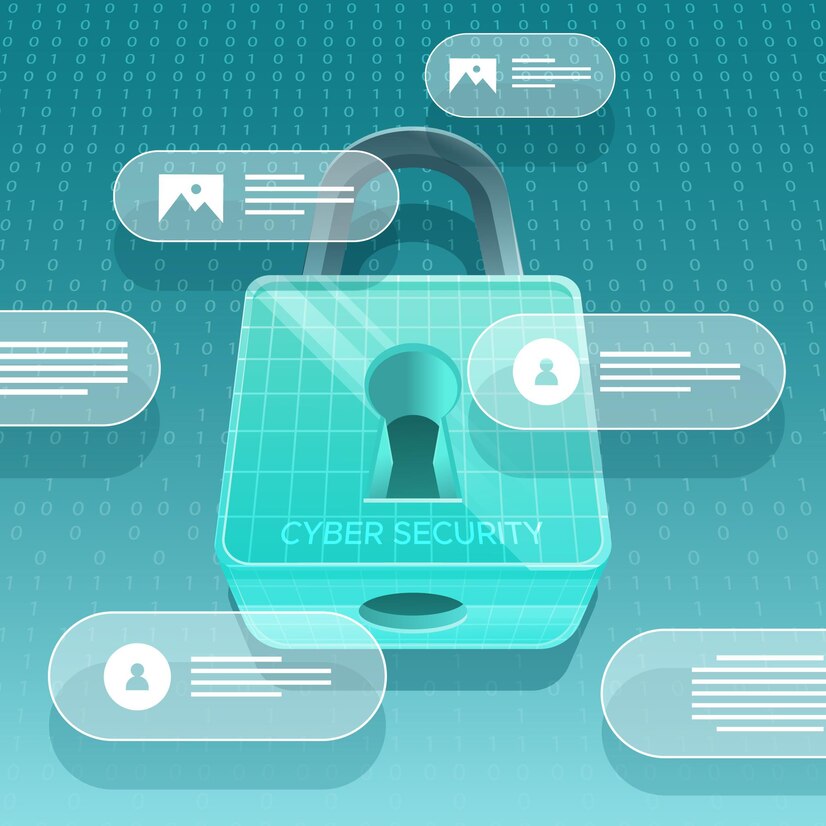The evolution of cyberattacks and how to protect yourself from them
The digital transformation of the economy and society brings with it countless opportunities, as well as new challenges. One of the most critical challenges is protection against cyberattacks. As technology evolves, cybercriminals are developing increasingly complex and dangerous methods of attack. As a result, cybersecurity is becoming more and more important, both on a personal and societal level.
Cybercriminals use a range of techniques, such as phishing, ransomware, and malware, to gain access to personal or corporate data, causing serious consequences.

The Main Threats in the Field of Cybersecurity
-
Ransomware
Ransomware attacks are one of the most dangerous forms of cyberattacks, as criminals encrypt the data of an organization or individual and demand a ransom for restoring access. These types of attacks are increasing, and the targets can include both small businesses as well as large organizations or government services.
-
Malware
Malware includes viruses, worms, Trojans, spyware, and other tools that attack systems and can destroy data or steal personal information. Some malware may also “track” your online activities and steal sensitive data, such as passwords and banking information.
-
3. Social Engineering Threats
Cybercriminals use social engineering to manipulate their victims and convince them to reveal personal information or open malicious attachments. Phishing emails and SMS are the most common tools they use to trick their victims into believing they are valid communications from banks or other trusted sources.
-
Threats against Availability (DoS & DDoS)
Denial of Service (DoS) and Distributed Denial of Service (DDoS) attacks focus on preventing access to websites or online services. These attacks are designed to overload systems and bring them down, causing serious damage to organisations that rely on their online platforms to deliver their services.
-
Disinformation Threats
Disinformation has evolved into a serious cyber threat, as attackers spread false information to manipulate public opinion or create social unrest. The dissemination of fake news or misleading data can affect political situations, economic decisions, and social attitudes.
Practices for Protection Against Cyberattacks
-
Secure Your Home Network
It is essential to secure your home network from potential threats. Changing the default Wi-Fi password to a stronger one is the first step. Additionally, it’s a good idea to limit the number of devices connected to the network and allow access only to devices you fully trust.
-
Strengthen Passwords
Using strong passwords is fundamental to protecting your accounts. These passwords should combine different elements, such as numbers, letters, and symbols, to make them difficult to decrypt. Avoid recycling the same passwords across different accounts and opt to use a password manager to organize them securely.
-
Regular System and Application Updates
Cybercriminals often exploit security gaps in older versions of systems and applications. Make sure your software and systems are always updated with the latest security patches. This reduces the chances of the system being breached by malicious programs.
-
Training and Awareness
Most risks arise from human errors. Training on basic online security principles helps avoid risks such as phishing and other social engineering attacks. Strengthening the security culture in your family or work environment reduces the risks of data breaches.
-
Data Security
Regularly back up your important data and ensure it is encrypted. Especially when handling sensitive information, such as personal or business data, protecting it through encryption and backups is crucial for avoiding loss.
Conclusion
Protecting against cyberattacks requires a combination of technological measures, training, and the adoption of secure practices. As cybercriminals continuously evolve their methods, preparedness and awareness are key to staying safe in the digital world. Always stay vigilant and implement best practices to protect your personal data and business information from today’s cybersecurity threats.